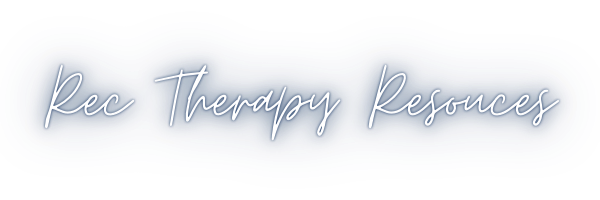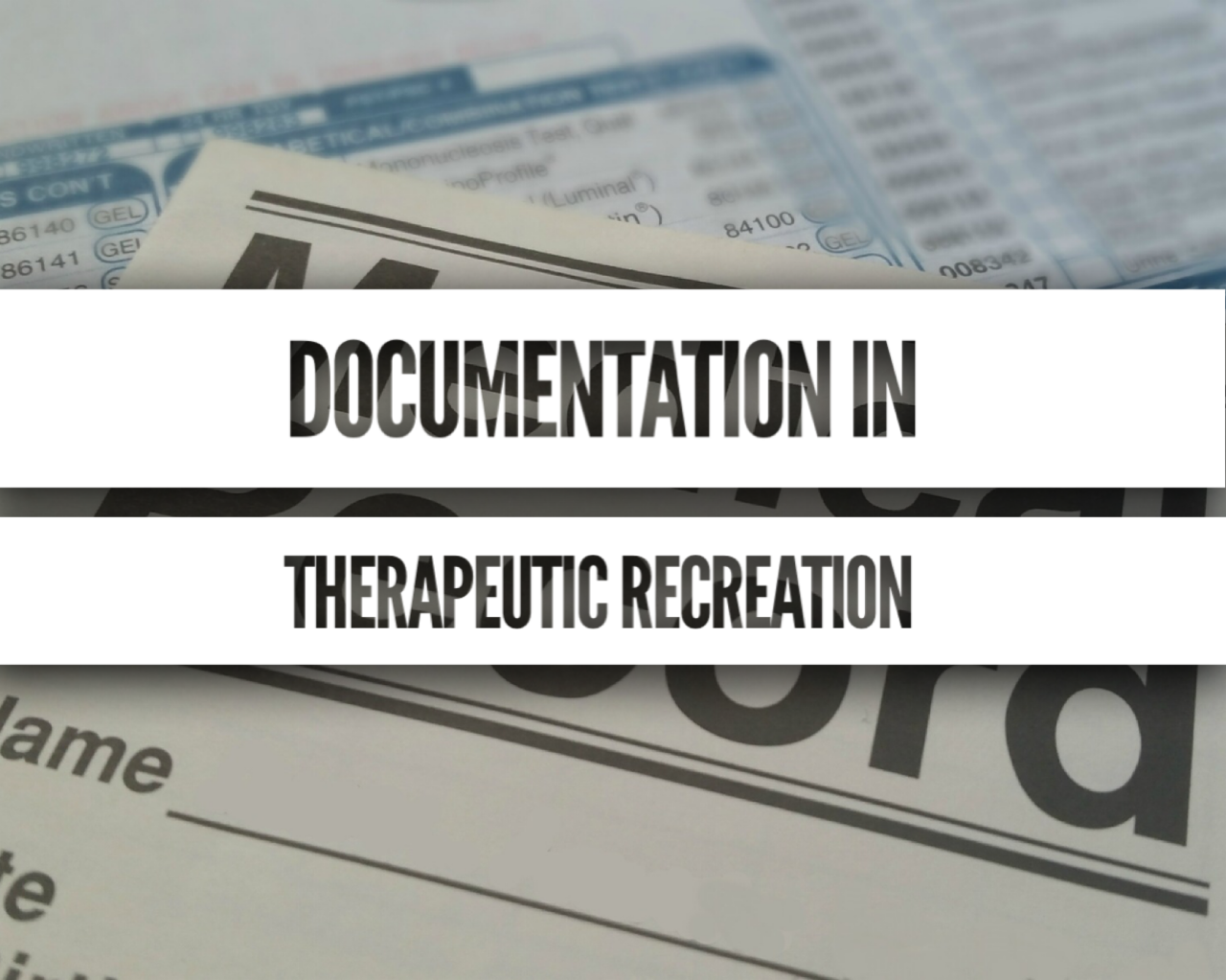A treatment plan is the road map of what the treatment team is committing itself to do to treat the patient based on the assessments of the patient’s needs. Each treatment plan is patient specific and therefore unique in its content. The information gained from the assessments must be utilized to create an individualized plan and the multidisciplinary team must work together to achieve the greatest possible gain for the patient. The treatment team should be able to identify the patient through individualization of the problems, goals and interventions.
The following are components of a treatment plan:
- Substantiated diagnosis
- Patient strengths
- Patient disabilities
- Patient stated goals
- Problems
- Long term objectives
- Short term objectives
- Interventions (with modalities and focus)
- Treatment Plan Reviews
- Discharge Planning
- Signatures from each member of the multidisciplinary team
The patient and the treatment team meet collaboratively to develop the patient’s treatment plan. Depending on the setting, the treatment team meets intermittently to record patient progress and update the patient plan as necessary.
The role of the recreation therapist during a treatment team meeting may vary depending on the facility. It is important that the recreation therapist report behavior, progress on objectives and level of participation to the treatment team continually. Communication in key to giving the patient the best possible outcome when it comes to their person centered treatment.




